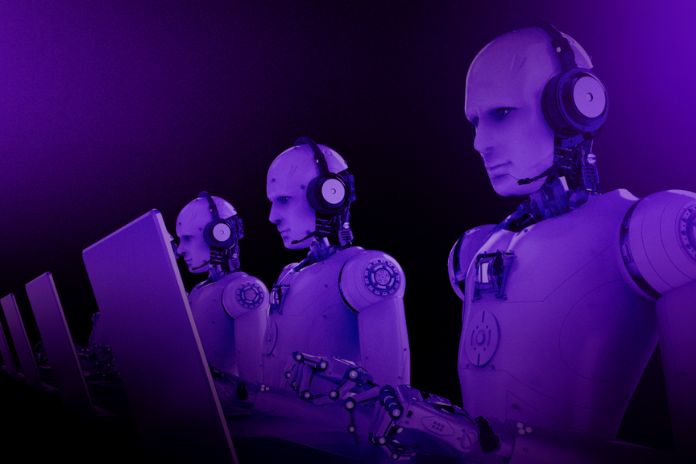What are the essential skills for professionals to take off in the future? The automation of manufacturing processes in the fourth industrial revolution and the movement towards the advancement of technology brought a complex debate to the agendas of companies.
What will the future of work look like? According to information from the World Economic Forum, around 7 million jobs will be extinguished in the coming years. Mass unemployment and growing social inequality are two main social concerns in this context.
But it doesn’t necessarily have to be that way. If we adopt the right mindset, with behavioral skills ( soft skills ) and technical skills ( hard skills ), we will have a strong organizational tendency towards an innovative environment. In this new reality, where there is a large investment in technologies to automate corporate processes in the search for an agile and assertive standard, it is necessary to strengthen activities that cannot be robotized. Organizations need to see people as valuable partners in driving the digital transformation
In short, the time to design the future of work has arrived. See below 6 skills that cannot be replaced by technology according to the expert:
Proactivity
Senior leadership and HR directors must build an accountable workforce strategy to meet the challenges of this era. For this to happen, they need to set aside space on their agenda for a brainstorming session to map out ongoing changes, document declining jobs and corporate practices, and highlight potential opportunities in a new business landscape.
Technological Insertion
Despite the emergence of many technologies, three features must remain on the companies’ priority list in the early years of transformation. Among them is cloud computing, where remote servers hosted in data centers allow business information to remain accessible at any time or place. In addition to saving costs incurred in physical spaces, the system is extremely secure, as it guarantees copies of data in different poles.
The use of big data is also part of the technological highlights during the transition. The method aims to filter out the excess content people are exposed to daily to transform them into valuable insights for strategic planning. Therefore, it is a means that helps executives to establish organizational indicators, measure the effectiveness of internal processes, predict and manage risks, learn about the behavioral pattern of customers and recognize market opportunities.
Finally, artificial intelligence closes the ranking of essential technologies in the corporate environment by simulating human intelligence while monitoring employee behavior. In this case, people assume the strategic tasks and the robots “take care” of the operational and tactical areas.
Performance Support
In addition to offering training to develop agile learning competence amid social transformation processes, it is essential to have a performance support plan to fill the gaps that will be caused in the performance of employees. The initiative increases security when implementing new knowledge and avoids information noise, guaranteeing assertive execution.
Creativity
This is a purely human characteristic that any technology can never replace. Creative minds will always be fundamental in companies. It’s a mental state in which we seek to see a scenario from other perspectives. Something that only people have the gift of doing. And getting better.
Persuasion
This skill is known to use emotional triggers that elicit certain desired reactions. Persuading means overcoming any objection from the customer or supplier with well-constructed facts and arguments, aiming at the whole system’s well-being.
Analytical Reasoning
A person with analytical reasoning will study the data generated daily in the company. We are facing a sea of data that is valuable. Investing in developing skills to interpret, filter and transform them into insights is necessary.
Also Read: Technology In Business: How Does It Motivate Employees?












